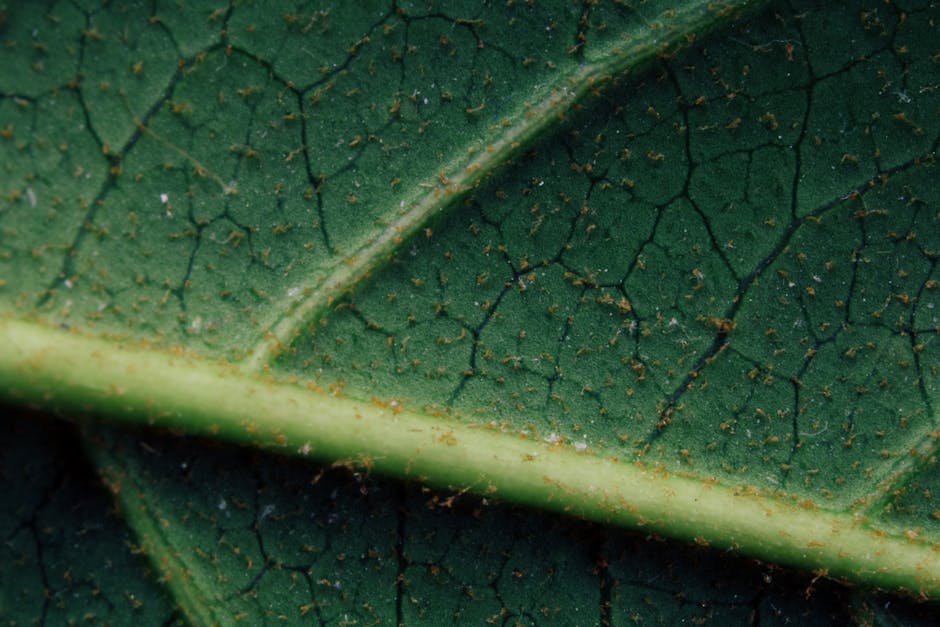How Genes Have Harnessed Physics to Grow Living Things
For years, genes were seen as biology’s sole architects—dictating traits like eye color and disease risk. But groundbreaking research reveals a hidden partner: physics. Genes don’t just issue commands; they exploit fundamental physical laws to sculpt living organisms. From seashell spirals to tree branches, life’s structures emerge where DNA and physics intersect.
The Hidden Role of Physics in Biology
Biologists once focused on genes, while physicists studied inanimate matter. Now, biophysics bridges these fields, showing how life leverages forces like tension, compression, and geometry to thrive.
Example: Plants grow toward light (phototropism) because genes respond to mechanical stress in cells. Cambridge researchers found that physical forces trigger genetic pathways, reinforcing stems and roots for survival.
Physics in Embryonic Development: Nature’s Blueprint
Embryogenesis—the transformation from a single cell to a complex organism—is a masterpiece of genes and physics working in sync.
1. Cell Packing: Soap Bubbles to Tissues
Embryo cells divide and pack like soap bubbles, following geometric rules that shape tissues before genes “decide” the final form.
2. Tissue Folding: Crumpling Paper, Building Organs
Brain and gut folds arise from mechanical instabilities, not just genetics. A 2023 Nature study proved this by disrupting forces in chick embryos, leading to malformed organs.
How Genes Respond to Physical Cues
Cells have mechanosensors—proteins detecting stiffness, pressure, or shear—that alter gene expression.
- Bones: Wolff’s Law shows bones thicken where muscles pull hardest, guided by mechanical-load genes.
- Fish Scales: Zebrafish scales form hexagons not by genetic command but to minimize energy, a physics principle called “close packing.”
Evolutionary Innovation: Physics as a Tool
Small genetic tweaks to physical traits (e.g., cell adhesion) can spawn new body plans without new genes. Example: The octopus’s flexible limbs likely evolved by adjusting how skin and muscles interact with fluid dynamics.
Future Applications: From Medicine to Bioengineering
1. Lab-Grown Organs
Scientists use physical scaffolds to steer stem cells into functional mini-organs (organoids).
2. Cancer Therapies
Tumors hijack mechanical forces to spread; blocking these pathways could slow metastasis.
3. Synthetic Life
Engineering life-like materials may require encoding physics into genetic designs.
Conclusion: Life’s Beautiful Equation
Genes provide the instructions, but physics delivers the tools. Understanding this partnership unlocks breakthroughs—from healing diseases to redefining life itself.
For more frontier science, subscribe to NextMinuteNews!




